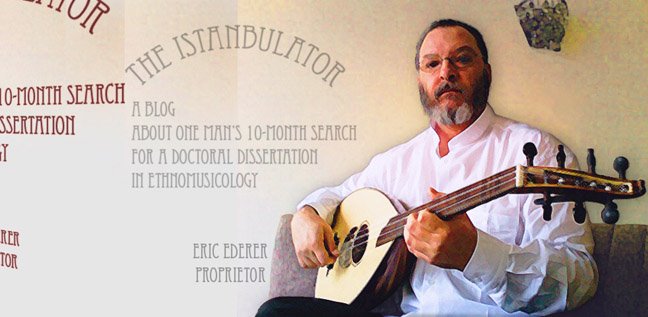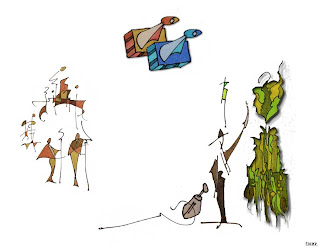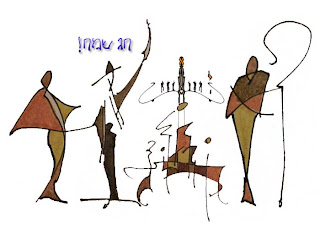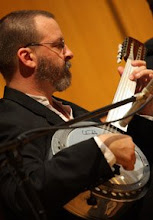 (Tiny, illegal Iranian cigarette, next to "normal" sized one, and a glass of tea. My people call it "breakfast.")
(Tiny, illegal Iranian cigarette, next to "normal" sized one, and a glass of tea. My people call it "breakfast.")Well, it has been too long, hasn't it, friends? I've been practicing a lot on that lavta, but the piece I want to record for you here is fancier than I had supposed, so I'm going to give it a little longer to gestate. Nor have I taken any photos of note lately, so while we gather those goodies together for a future post I thought I might recollect in prose some little scenes from daily life in İstanbul, such as...
...the ugliest - and most popular - haircut for twenty-something boys, which looks like a cross between the
the Dying Gaul and a 110 volt chicken plugged into a 220 socket. Apparently a version of the "fauxhawk," its message, as
one local fashion critic puts it, is, "I’m a bit of a rebel, but I still listen to my mother." Does nothing to ameliorate the accompanying black suit and shirt with red satin tie and pointy leather boots.
...Santa Claus! Apparently the original
Saint Nicholas was from somewhere on the Anatolian coastline (as was
Saint Paul, a nice Jewish boy who made Christianity safe for the goyim - and my, look what they've done with it!), but there seems to be in Turkey a popular confusion of Christmas and the January 1st new year (in effect since 153 BCE, by the way), so for instance, very religious Muslims won't say "happy new year" and the only guys in Santa suits - usually pretty grubby looking, with a cigarette hanging off the lip - are selling new years lottery tickets. I just saw on TV a little cartoon separating music videos from commercials that featured a squat little Santa bouncing up to a snowman, which opened up like a Russian doll to reveal another one inside it, which opened up to show a classic ball-and-fuse cartoon bomb, which blew up Santa. Cute! I have not yet heard of any Christians around the world burning flags in protest. Meanwhile I am grateful not to have incessant Christmas music follow me everywhere - as is no doubt the situation in the US, now - except at the Starbucks (sometimes a man just needs decaf), where all the favorites are in heavy rotation. Except for the Vince Guaraldi
Peanuts Christmas stuff, I could do without it in a more or less permanent way.
...Speaking of protests, in the summer months demonstrations of all sorts are weekly if not more frequent events on
İstiklal Caddesi but I hadn't seen one for a while until today. Somehow they are well enough advertised that twenty or thirty riot police - strapping young persons of all genders in black plastic exoskeletons, shields, clubs, a few with machine guns - are always waiting there in advance, joking with each other in blocky formations that take up far too much of the narrow,
always crowded street. After squeezing past them to get to my connection for contraband Iranian cigarettes (I'd tell you where, but I don't want to burn my dealer) I asked him, "what's the protest du jour?" But he didn't know, only making a wistful remembrance-of-summer face saying, "I didn't even notice it."
..."Gel, gel, gel! Dur!" (Come, come, come! Stop!) The cry of the men helping a stranger park a car in (always) precarious and ill-advised spaces. Any time a man or group of men is passing someone trying to park a car, it is considered courteous to stop and help out, without being asked. It takes a village. This reminds me also of a scene I saw years ago, also on İstiklal Caddesi, when someone yelled "thief!" and a young man began trying to run away from his prey... the anonymous crowd coagulated around him to block his path and started slapping him until the police came (and took him into a nearby stairwell, no doubt to finish the job). Hadn't expected that public reaction. Men walking arm in arm, even holding hands, and greeting each other with kisses on the cheeks also surprised me at at first... thoroughly "manly" behavior, here.
...Last I was here, in 2003 for five months in the bohemian neighborhood described
here and in the first post, I got the feeling that a Haight-Ashbury 1967 sort of scene was just about to boil up, and that if I could only understand the poets I could take its pulse. Well, my Turkish is still not quite poetry-ready, but I was encouraged recently to see the irregularly published pulp journal
Kadıköy Underground Poetix, with its strange mixture of classical surrealism, Beat writers (Brautigan, Burroughs, Bukowski, Ginsberg, Kerouac, Cassidy, and Leonard Cohen are pretty big in this scene), old school DIY punk aesthetic, and local I'm-not-sure-what-it-is-yet. What's odd is that rather than burbling out of the bohemian zone, this is catching fire in Kadıköy, a traditional and religious neighborhood on the Asian side of the city. I shall keep thee posted! [Update: Kadıköy is indeed not as stuffy as I'd thought, but it's not exactly Paris in the '20s, either - I'll update again if a spontaneous outbreak of truth and beauty explodes therefrom any time soon.]
I guess that's enough local color for now. I've made four more taksim recordings, one with Necati hoca and three with my friend
Sinan Erdemsel playing
yaylı tanbur, but I don't know whether I'll be putting them up here or not. I see that in an earlier post I wrote that I was hoping to get 30-50 such recordings, but that was a mistake... I meant to say that I hope to get as many
performers to record
three taksims each for me, so 90-150 recordings altogether. I don't think they'll all fit here, but perhaps I can figure out a non-dissertation-y way of making them available, by and by.
Well, thanks for reading! Comments are welcome... I'll try to post again soon.
Oh... here below is a little PhotoShop magic of me and my lavta... enjoy!

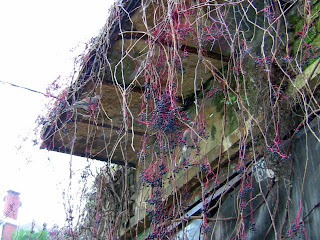 There is the morgan-stanley, which dissolves houses in minutes (see photo above). There is the nearly invisible paloma loca that drives mourning doves to shelter among vaguely menacing berries (see photo here).
There is the morgan-stanley, which dissolves houses in minutes (see photo above). There is the nearly invisible paloma loca that drives mourning doves to shelter among vaguely menacing berries (see photo here).